Use this nursing care plan and management guide to help care for patients with hepatitis. Enhance your understanding of nursing assessment, interventions, goals, and nursing diagnosis, all specifically tailored to address the unique needs of individuals facing hepatitis. This guide equips you with the necessary information to provide effective and specialized care to patients dealing with hepatitis.
What is Hepatitis?
Hepatitis is a widespread inflammation of the liver that results in degeneration and necrosis of liver cells. Inflammation of the liver can be due to bacterial invasion, injury by physical or toxic chemical agents (e.g., drugs, alcohol, industrial chemicals), viral infections (hepatitis A, B, C, D, E, G), or autoimmune response. Although most hepatitis is self-limiting, approximately 20% of acute hepatitis B and 50% of hepatitis C cases progress to a chronic state or cirrhosis and can be fatal.
Nursing Care Plans and Management
Nursing care planning and management for patients with hepatitis includes: reducing the demands of the liver while promoting physical well-being, preventing complications of hepatitis, enhance self-concept, acceptance of situation, and providing information about the disease process, prognosis, and treatment.
Nursing Problem Priorities
The following are the nursing priorities for patients with hepatitis:
- Manage symptoms and provide supportive care.
- Prevent further liver damage and promote liver health.
- Monitor liver function and assess disease progression.
- Administer antiviral medications, if applicable.
- Educate patients on lifestyle modifications to minimize liver stress.
- Prevent transmission of hepatitis to others.
- Address complications or comorbidities associated with hepatitis.
Nursing Assessment
Assess for the following subjective and objective data:
- Aversion to eating/lack of interest in food; altered taste sensation
- Abdominal pain/cramping
- Loss of weight; poor muscle tone
Nursing Diagnosis
Following a thorough assessment, a nursing diagnosis is formulated to specifically address the challenges associated with hepatitis based on the nurse’s clinical judgement and understanding of the patient’s unique health condition. While nursing diagnoses serve as a framework for organizing care, their usefulness may vary in different clinical situations. In real-life clinical settings, it is important to note that the use of specific nursing diagnostic labels may not be as prominent or commonly utilized as other components of the care plan. It is ultimately the nurse’s clinical expertise and judgment that shape the care plan to meet the unique needs of each patient, prioritizing their health concerns and priorities.
Nursing Goals
Goals and expected outcomes may include:
- The client will maintain adequate hydration, as evidenced by stable vital signs, good skin turgor, capillary refill, strong peripheral pulses, and individually appropriate urinary output.
- The client will report an improved sense of energy.
- The client will perform ADLs and participate in desired activities at the level of ability.
- The client will verbalize understanding of the disease process, prognosis, and potential complications.
- The client will identify the relationship between signs/symptoms of the disease and correlate symptoms with causative factors.
- The client will verbalize understanding of therapeutic needs.
- The client will initiate necessary lifestyle changes and participate in treatment regimen.
Nursing Interventions and Actions
Therapeutic interventions and nursing actions for patients with hepatitis may include:
1. Optimizing Nutritional Balance
Encourage mouth care before meals.
Enhances appetite by eliminating unpleasant tastes.
Recommend eating in an upright position.
Reduces the sensation of abdominal fullness and may enhance intake.
Encourage the intake of fruit juices, carbonated beverages, and hard candy throughout the day.
These supply extra calories and may be more easily digested or tolerated than other foods.
Consult with the dietitian, and nutritional support team to provide a diet according to the patient’s needs, with fat and protein intake as tolerated.
Useful in formulating a dietary program to meet individual needs. Fat metabolism varies according to bile production and excretion and may necessitate the restriction of fat intake if diarrhea develops. If tolerated, a normal or increased protein intake helps with liver regeneration. Protein restriction may be indicated in severe disease (fulminant hepatitis) because the accumulation of the end products of protein metabolism can potentiate hepatic encephalopathy.
Administer medications as indicated:
- Antiemetics: metoclopramide (Reglan), trimethobenzamide (Tigan)
Given 1/2 hr before meals, may reduce nausea and increase food tolerance. Prochlorperazine (Compazine) is contraindicated in hepatic disease. - Antacids: Mylanta, Titralac
Counteracts gastric acidity, reducing gastric irritation and risk of bleeding. - Vitamins: B complex, C, and other dietary supplements as indicated
Corrects deficiencies and aids in the healing process. - Steroid therapy: prednisone (Deltasone), alone or in combination with azathioprine (Imuran)
Steroids may be contraindicated because they can increase the risk of relapse and development of chronic hepatitis in patients with viral hepatitis; however, the anti-inflammatory effects may be useful in chronic active hepatitis (especially idiopathic) to reduce nausea and vomiting and enable patients to retain food and fluids. Steroids may decrease serum aminotransferase and bilirubin levels, but they do not affect liver necrosis or regeneration. Combination therapy has fewer steroid-related side effects.
Provide supplemental feedings and TPN if needed.
May be necessary to meet caloric requirements if marked deficits are present and symptoms are prolonged.
2. Promoting Adequate Fluid Balance
Monitor I&O, and compare with periodic weight. Note enteric losses: vomiting and diarrhea.
Provides information about replacement needs and effects of therapy. Diarrhea may be due to the transient flu-like response to viral infection or may represent a more serious problem of obstructed portal blood flow with vascular congestion in the GI tract, or it may be the intended result of medication use (neomycin, lactulose) to decrease serum ammonia levels in the presence of hepatic encephalopathy.
Assess vital signs, peripheral pulses, capillary refill, skin turgor, and mucous membranes.
Indicators of circulating volume and perfusion.
Check for ascites or edema formation. Measure abdominal girth as indicated.
Useful in monitoring the progression and resolution of fluid shifts.
Observe for signs of bleeding: hematuria, melena, ecchymosis, oozing from gums, puncture sites
Prothrombin levels are reduced and coagulation times prolonged when vitamin K absorption is altered in the GI tract and synthesis of prothrombin is decreased in the affected liver.
Monitor periodic laboratory values: Hb/Hct, Na, albumin, and clotting times.
Reflects hydration and identifies sodium retention/protein deficits, which may lead to edema formation. Deficits in clotting potentiate the risk of bleeding and hemorrhage.
Use small-gauge needles for injections, applying pressure for longer than usual after venipuncture.
Reduces the possibility of bleeding into tissues.
Have the patient use cotton or sponge swabs and mouthwash instead of a toothbrush or use a soft-bristled toothbrush.
Avoids trauma and bleeding of the gums.
Provide IV fluids (usually glucose), and electrolytes. Protein hydrolysates.
Provides fluid and electrolyte replacement in an acute toxic state.
Administer medications as indicated:
- Vitamin K
Correction of albumin and protein deficits can aid in the return of fluid from tissues to the circulatory system. Because the absorption is altered, supplementation may prevent coagulation problems, which may occur if clotting factors and prothrombin time (PT) is depressed. - Antacids or H2-receptor antagonists: cimetidine (Tagamet)
Neutralize and reduce gastric secretions to lower the risk of gastric irritation and bleeding.
Diphenoxylate with atropine (Lomotil)
Reduces fluid and electrolyte loss from the GI tract.
Infuse fresh frozen plasma, as indicated.
May be required to replace clotting factors in the presence of coagulation defects.
3. Promoting Gradual Ambulation and Managing Fatigue
Monitor for recurrence of anorexia and liver tenderness or enlargement.
Indicates a lack of resolution and exacerbation of the disease, requiring further rest, and a change in the therapeutic regimen.
Monitor serial liver enzyme levels.
Aids in determining appropriate levels of activity because the premature increase in activity potentiates the risk of relapse.
Institute bed red or chair rest during the toxic state. Provide a quiet environment; limit visitors as needed.
Promotes rest and relaxation. Available energy is used for healing. Activity and an upright position are believed to decrease hepatic blood flow, which prevents optimal circulation to the liver cells.
Recommend changing position frequently. Provide and instruct caregiver in good skin care.
Promotes optimal respiratory function and minimizes pressure areas to reduce the risk of tissue breakdown.
Do necessary tasks quickly and at one time as tolerated.
Allows for extended periods of uninterrupted rest.
Determine and prioritize role responsibilities and alternative providers and possible community resources available
Promotes problem-solving of the most pressing needs of individuals and families.
Identify energy-conserving techniques: sitting to shower and brush teeth, planning steps of activity so that all needed materials are at hand, and scheduling rest periods.
Helps minimize fatigue, allowing the patient to accomplish more and feel better about self.
Increase activity as tolerated, and demonstrate passive or active ROM exercises.
Prolonged bed rest can be debilitating. This can be offset by limited activity alternating with rest periods.
Encourage the use of stress management techniques: progressive relaxation, visualization, and guided imagery. Discuss appropriate diversional activities: radio, TV, reading
Promotes relaxation and conserves energy, redirects attention, and may enhance coping.
Administer medications as indicated: sedatives, and antianxiety agents: diazepam (Valium), and lorazepam (Ativan).
Assists in managing required rest. The use of barbiturates and antianxiety agents, such as prochlorperazine (Compazine) and chlorpromazine (Thorazine), is contraindicated because of hepatotoxic effects.
Administer antidote or assist with inpatient procedures as indicated (lavage, catharsis, hyperventilation) depending on the route of exposure.
Removal of the causative agents in toxic hepatitis may limit the degree of tissue involvement and damage.
4. Preventing Skin Breakdown and Maintaining Skin Integrity
Observe skin for areas of redness, and breakdown.
Early detection of problem areas allows for additional intervention to prevent complications/promote healing.
Encourage the use of cool showers and baking soda or starch baths. Avoid the use of alkaline soaps. Apply calamine lotion as indicated.
Prevents excessive dryness of the skin. Provides relief from itching.
Provide diversional activities.
Aids in refocusing attention, reducing the tendency to scratch.
Suggest the use of knuckles if the desire to scratch is uncontrollable. Keep fingernails cut short, and apply gloves on the comatose patient or during hours of sleep. Recommend loose-fitting clothing. Provide soft cotton linens.
Reduces potential for dermal injury.
Provide a soothing massage at bedtime.
May be helpful in promoting sleep by reducing skin irritation.
Avoid comments regarding the patient’s appearance.
Minimizes psychological stress associated with skin changes.
Administer medications as indicated:
6.1. Antihistamines: diphenhydramine (Benadryl), azatadine (optimine)
Relieves itching. Use cautiously in severe hepatic disease.
6.2 Antilipemics: cholestyramine (Questran)
May be used to bind bile acids in the intestine and prevent their absorption. Note side effects of nausea and constipation.
Establish isolation techniques for enteric and respiratory infections according to infection guidelines and policy. Encourage or model effective handwashing.
Prevents transmission of viral disease to others. Thorough handwashing is effective in preventing virus transmission. Types A and E are transmitted by oral-fecal route, contaminated water, milk, and food (especially inadequately cooked shellfish). Types A, B, C, and D are transmitted by contaminated blood/blood products; needle punctures; open wounds; and contact with saliva, urine, stool, and semen. Incidence of both hepatitis B virus (HBV) and hepatitis C virus (HCV) has increased among healthcare providers and high-risk patients. Toxic and alcoholic hepatitis are not communicable and do not require special measures and isolation.
Stress need to monitor and restrict visitors as indicated.
Patient exposure to infectious processes (especially respiratory) potentiates risk of secondary complications.
Explain isolation procedures to patient and SO.
Understanding reasons for safeguarding themselves and others can lessen feelings of isolation and stigmatization. Isolation may last 2–3 wk from onset of illness, depending on type or duration of symptoms.
Give information regarding availability of gamma globulin, ISG, H-BIG, HB vaccine (Recombivax HB, Engerix-B) through health department or family physician.
Immunoglobulins may be effective in preventing viral hepatitis in those who have been exposed, depending on type of hepatitis and period of incubation.
Administer medications as indicated:
- Antiviral drugs: vidarabine (Vira-A), acyclovir (Zovirax)
Useful in treating chronic active hepatitis. - Interferon alfa-2b (Intron A)
Treats the symptoms of hepatitis C and may lead to a temporary improvement in liver function. - Ribavirin
Used in conjunction with interferon to improve the effectiveness of that drug. Note: These treatments lead to improvement, not cure of the disease.
Antibiotics appropriate to causative agents (Gram-negative, anaerobic bacteria) or secondary process.
Used to treat bacterial hepatitis or to prevent/limit secondary infections.
5. Providing Emotional Support
Assess effect of illness on economic factors of patient and SO.
Financial problems may exist because of loss of patient’s role functioning in the family and prolonged recovery.
Contract with patient regarding time for listening. Encourage discussion of feelings/concerns.
Establishing time enhances trusting relationship. Providing opportunity to express feelings allows patient to feel more in control of the situation. Verbalization can decrease anxiety and depression and facilitate positive coping behaviors. Patient may need to express feelings about being ill, length and cost of illness, possibility of infecting others, and (in severe illness) fear of death. May have concerns regarding the stigma of the disease.
Avoid making moral judgments regarding lifestyle.
Patient may already feel upset and angry and condemn self; judgments from others will further damage self-esteem. Can also start distrust issues with care worker.
Discuss recovery expectations.
Recovery period may be prolonged (up to 6 mo), potentiating family and/or situational stress and necessitating need for planning, support, and follow-up.
Offer diversional activities based on energy level.
Enables patient to use time and energy in constructive ways that enhance self-esteem and minimize anxiety and depression.
Suggest patient wear bright reds or blues and blacks instead of yellows or greens.
Enhances appearance, because yellow skin tones are intensified by yellow/green colors. Jaundice usually peaks within 1–2 wk, then gradually resolves over 2–4 wk.
Make appropriate referrals for help as needed: case manager, discharge planner, social services, and/or other community agencies.
Can facilitate problem solving and help involved individuals cope more effectively with situation.
6. Initiating Patient Education and Health Teachings
Assess level of understanding of the disease process, expectations and prognosis, possible treatment options.
Identifies areas of lack of knowledge or misinformation and provides opportunity to give additional information as necessary. Liver transplantation may be needed in the presence of fulminating disease with liver failure.
Provide specific information regarding prevention and transmission of disease: contacts may require gamma-globulin; personal items should not be shared; observe strict handwashing and sanitizing of clothes, dishes, and toilet facilities while liver enzymes are elevated. Avoid intimate contact, such as kissing and sexual contact, and exposure to infections, especially URI.
Needs and recommendations vary with type of hepatitis (causative agent) and individual situation.
Plan resumption of activity as tolerated with adequate periods of rest. Discuss restriction of heavy lifting, strenuous exercise and/or contact sport.
It is not necessary to wait until serum bilirubin levels return to normal to resume activity (may take as long as 2 mo), but strenuous activity needs to be limited until the liver returns to normal size. When patient begins to feel better, he or she needs to understand the importance of continued adequate rest in preventing relapse or recurrence (Relapse occurs in 5%–25% of adults). Energy level may take up to 3–6 mo to return to normal.
Help patient identify appropriate diversional activities.
Enjoyable activities promote rest and help patient avoid focusing on prolonged convalescence.
Encourage continuation of balanced diet.
Promotes general well-being and enhances energy for healing process and tissue regeneration.
Identify ways to maintain usual bowel function: adequate intake of fluids and dietary roughage, moderate activity and exercise to tolerance.
Decreased level of activity, changes in food and fluid intake, and slowed bowel motility may result in constipation.
Discuss the side effects and dangers of taking OTC and prescribed drugs (acetaminophen, aspirin, sulfonamides, some anesthetics) and necessity of notifying future healthcare providers of diagnosis.
Some drugs are toxic to the liver; many others are metabolized by the liver and should be avoided in severe liver diseases because they may cause cumulative toxic effects and chronic hepatitis.
Discuss restrictions on donating blood.
Prevents spread of infectious disease. Most state laws prevent accepting as donors those who have a history of any type of hepatitis.
Emphasize importance of follow-up physical examination and laboratory evaluation.
Disease process may take several months to resolve. If symptoms persist longer than 6 mo, liver biopsy may be required to verify presence of chronic hepatitis.
Review necessity of avoidance of alcohol for a minimum of 6–12 mo or longer based on individual tolerance.
Increases hepatic irritation and may interfere with recovery.
Refer to community resources, drug/alcohol treatment program as indicated.
May need additional assistance to withdraw from substance and maintain abstinence to avoid further liver damage.
Recommended Resources
Recommended nursing diagnosis and nursing care plan books and resources.
Disclosure: Included below are affiliate links from Amazon at no additional cost from you. We may earn a small commission from your purchase. For more information, check out our privacy policy.
Ackley and Ladwig’s Nursing Diagnosis Handbook: An Evidence-Based Guide to Planning Care
We love this book because of its evidence-based approach to nursing interventions. This care plan handbook uses an easy, three-step system to guide you through client assessment, nursing diagnosis, and care planning. Includes step-by-step instructions showing how to implement care and evaluate outcomes, and help you build skills in diagnostic reasoning and critical thinking.

Nursing Care Plans – Nursing Diagnosis & Intervention (10th Edition)
Includes over two hundred care plans that reflect the most recent evidence-based guidelines. New to this edition are ICNP diagnoses, care plans on LGBTQ health issues, and on electrolytes and acid-base balance.

Nurse’s Pocket Guide: Diagnoses, Prioritized Interventions, and Rationales
Quick-reference tool includes all you need to identify the correct diagnoses for efficient patient care planning. The sixteenth edition includes the most recent nursing diagnoses and interventions and an alphabetized listing of nursing diagnoses covering more than 400 disorders.

Nursing Diagnosis Manual: Planning, Individualizing, and Documenting Client Care
Identify interventions to plan, individualize, and document care for more than 800 diseases and disorders. Only in the Nursing Diagnosis Manual will you find for each diagnosis subjectively and objectively – sample clinical applications, prioritized action/interventions with rationales – a documentation section, and much more!

All-in-One Nursing Care Planning Resource – E-Book: Medical-Surgical, Pediatric, Maternity, and Psychiatric-Mental Health
Includes over 100 care plans for medical-surgical, maternity/OB, pediatrics, and psychiatric and mental health. Interprofessional “patient problems” focus familiarizes you with how to speak to patients.

See also
Other recommended site resources for this nursing care plan:
- Nursing Care Plans (NCP): Ultimate Guide and Database MUST READ!
Over 150+ nursing care plans for different diseases and conditions. Includes our easy-to-follow guide on how to create nursing care plans from scratch. - Nursing Diagnosis Guide and List: All You Need to Know to Master Diagnosing
Our comprehensive guide on how to create and write diagnostic labels. Includes detailed nursing care plan guides for common nursing diagnostic labels.
More nursing care plans related to gastrointestinal disorders:
- Appendectomy
- Bowel Incontinence (Fecal Incontinence)
- Cholecystectomy
- Constipation
- Diarrhea Nursing Care Plan and Management
- Cholecystitis and Cholelithiasis
- Gastroenteritis
- Gastroesophageal Reflux Disease (GERD)
- Hemorrhoids
- Hepatitis
- Ileostomy & Colostomy
- Inflammatory Bowel Disease (IBD)
- Intussusception
- Liver Cirrhosis
- Nausea & Vomiting
- Pancreatitis
- Peritonitis
- Peptic Ulcer Disease
- Subtotal Gastrectomy
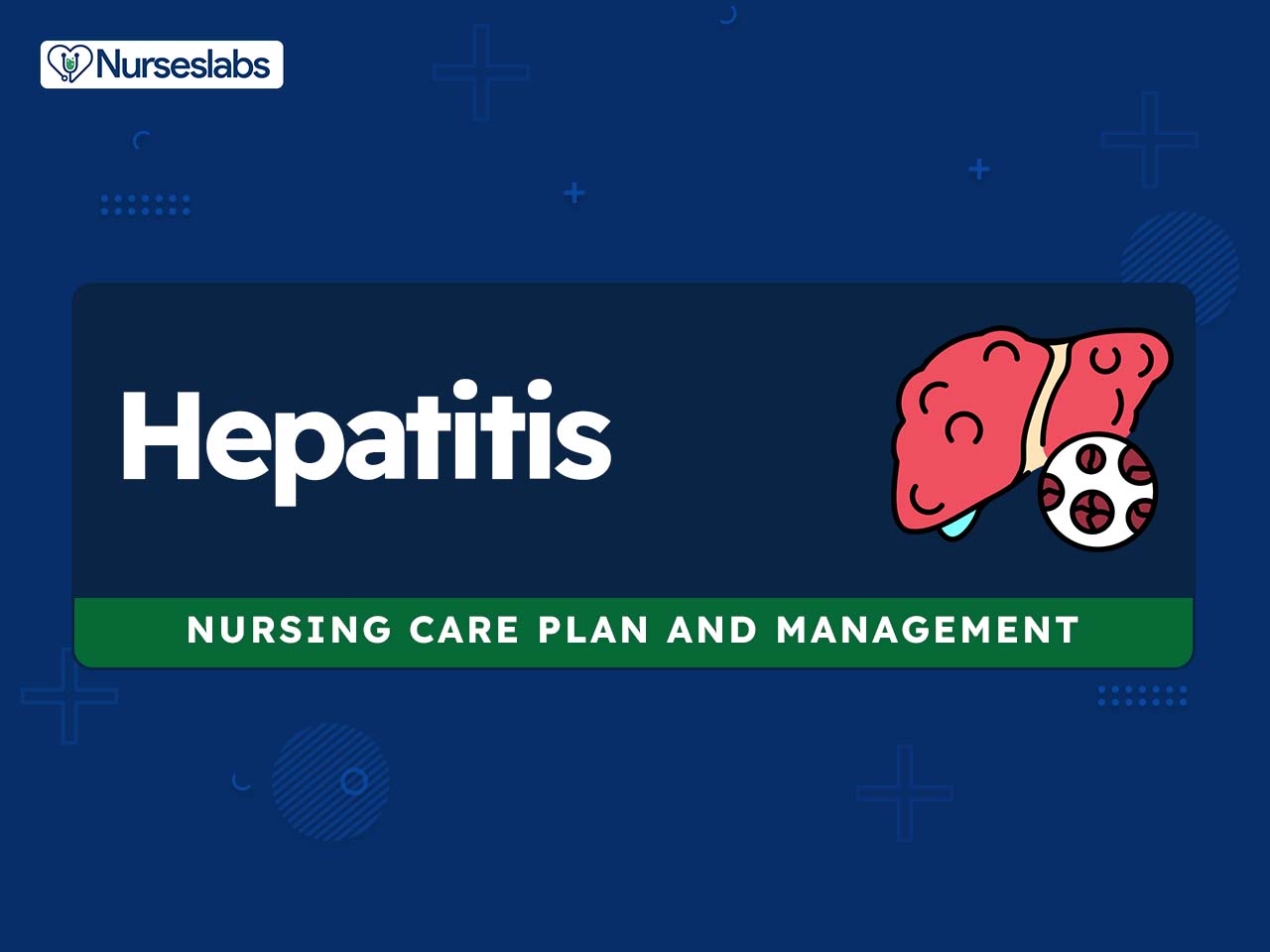
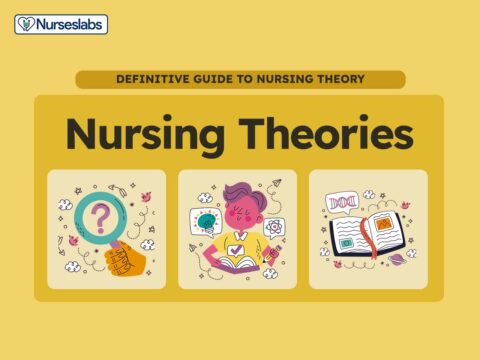

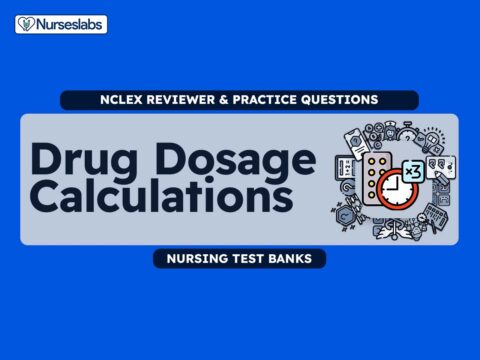
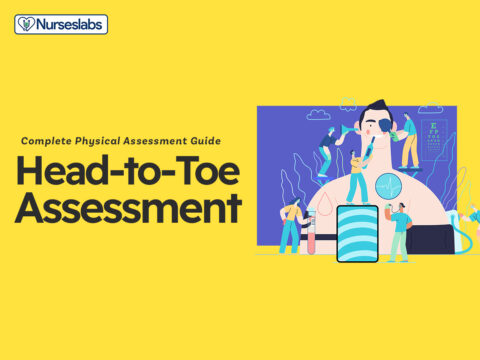




















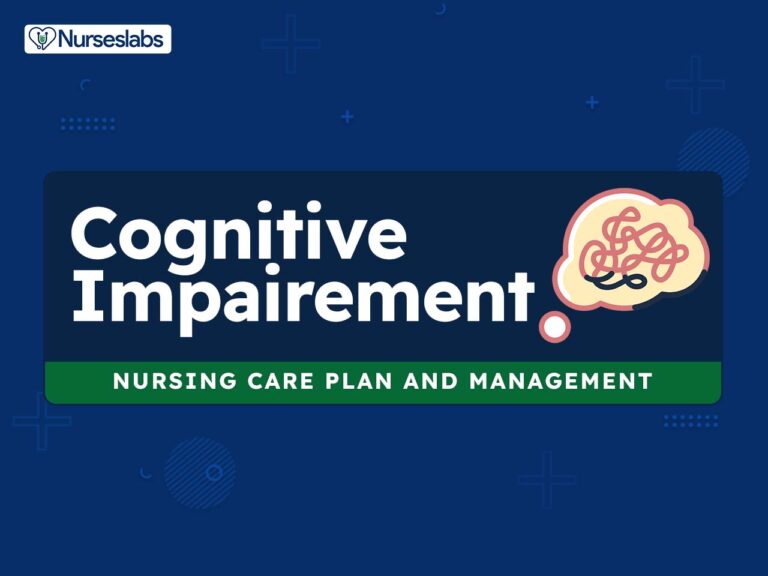
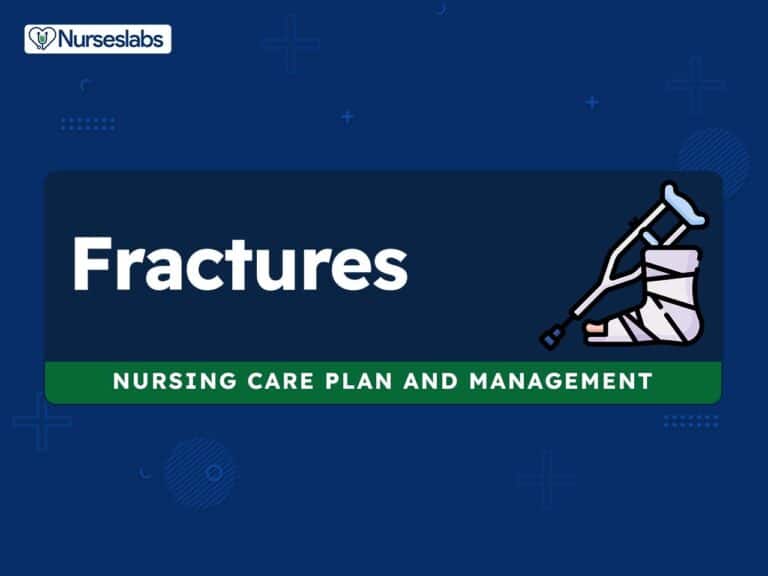
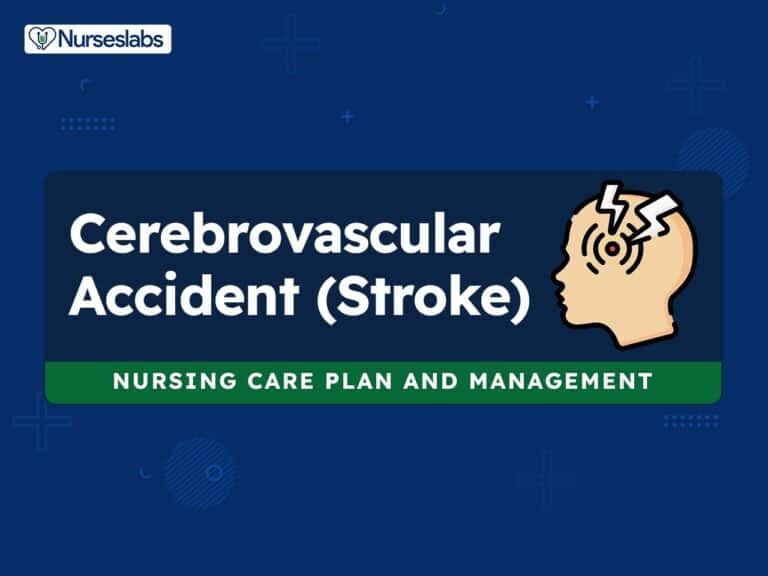

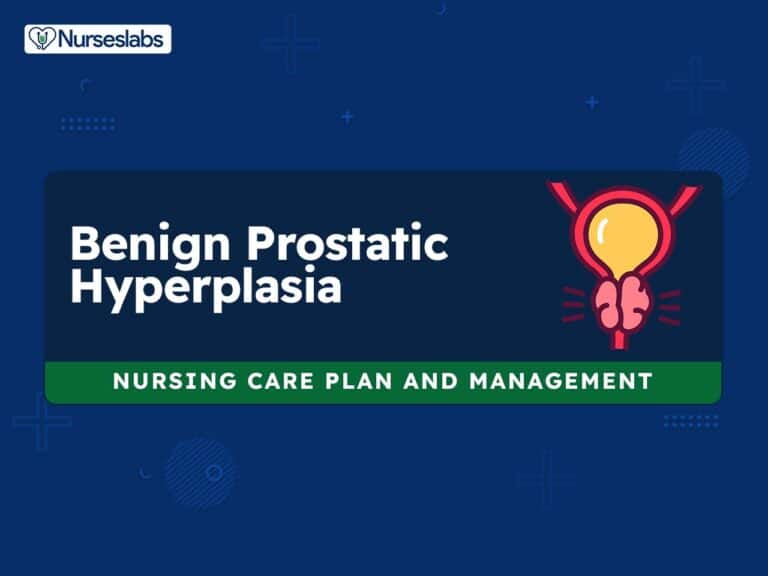
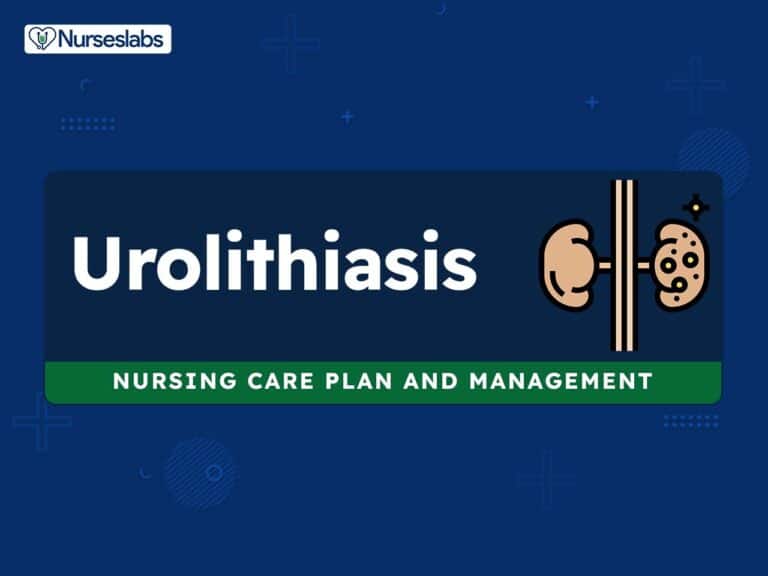
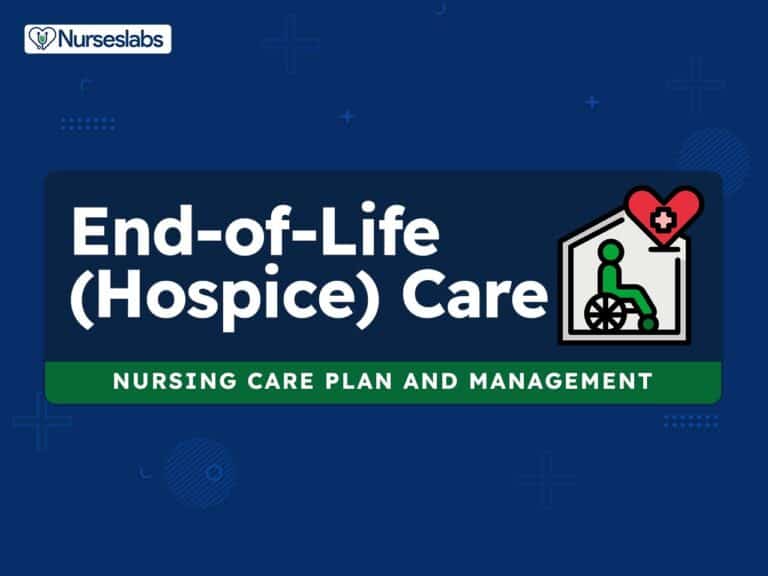
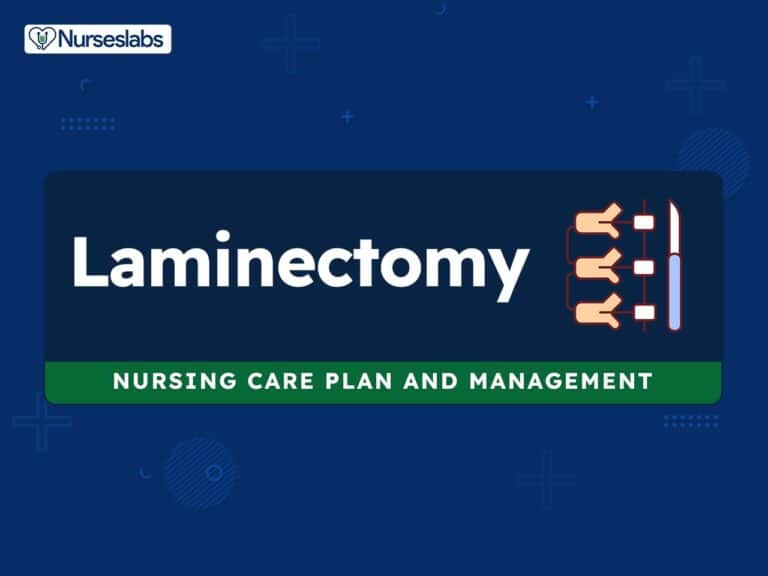
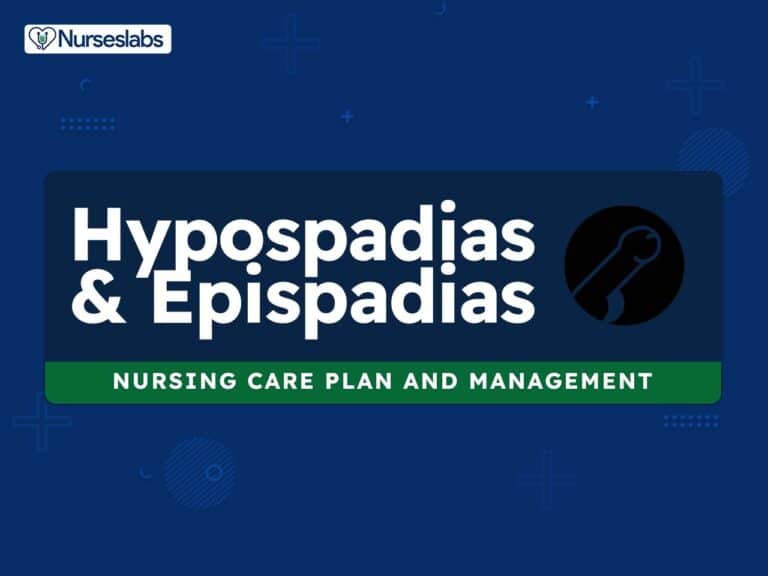
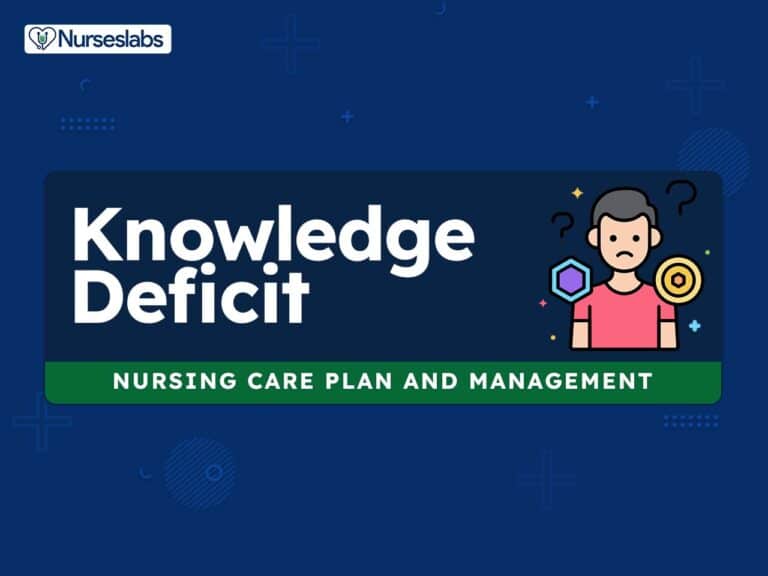
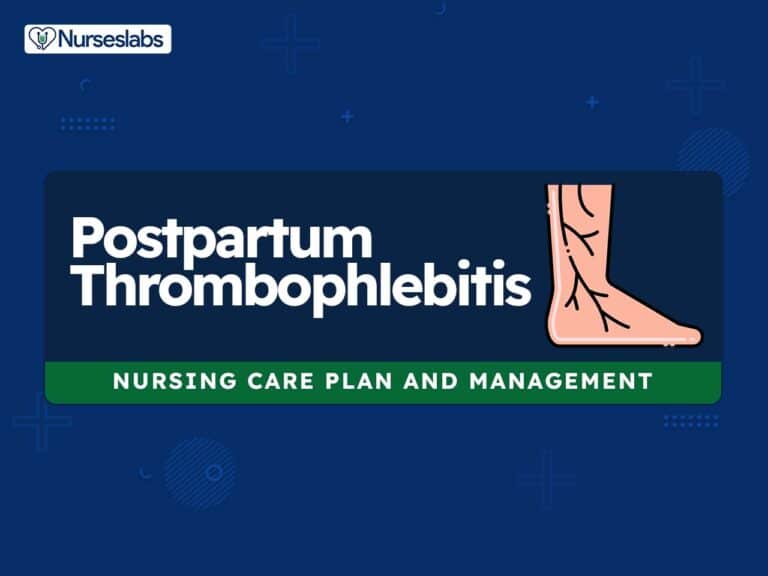

Leave a Comment